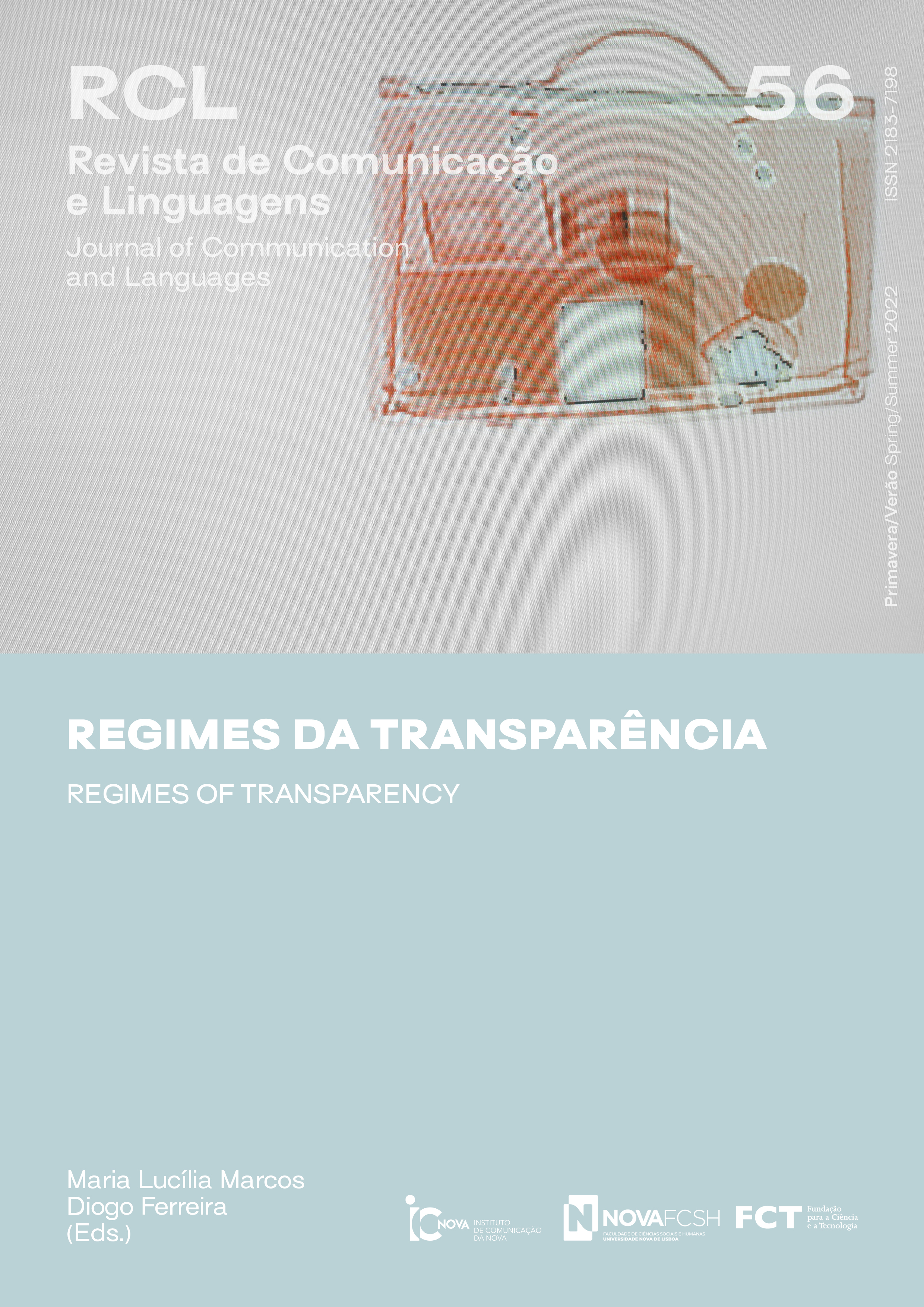The transparency(ies) of radiography and photography in early psychiatric science
Abstract
Applying the concept of transparency to the human body, this paper starts with a brief confrontation of the radiographic and photographic media in their scientific reception during the 19th century, to conclude that the possibility of an actual transparency brought by radiography, in its ability to visually access the inside of the body, was already ascribed to photography since its appropriation by the scientific community in the mid-19th century, due to an immense faith in the omniscience of the photographic technology. We will focus specifically on psychiatry’s so called scientific use of photography, based on the degeneration theory and the stigmata it has identified. We will argue that photography plays in these portrayals the role of a techno-semiotic tool of an indiciary type, establishing a connection between the external and the internal plans of the body in such a way that can never be classified as an actual transparency but as a symbolic one, pointing not to a concrete lesion but to an organic predisposition of the degenerated subject. Psychiatry’s use of photography in the late 19th century was vital to its acceptation as a medical discipline, in scientific terms, but it shows itself supported by a political framework: the degeneration/pathological abnormality diagnose derived from the stigmata reveals the real leitmotiv of psychiatry as being the social exclusion of bodies evaluated as deviant to a pre-defined norm.
Keywords: transparency; radiography; photography; psychiatry; degeneration; stigmata
Copyright (c) 2022 Revista de Comunicação e Linguagens

This work is licensed under a Creative Commons Attribution-NonCommercial 4.0 International License.


